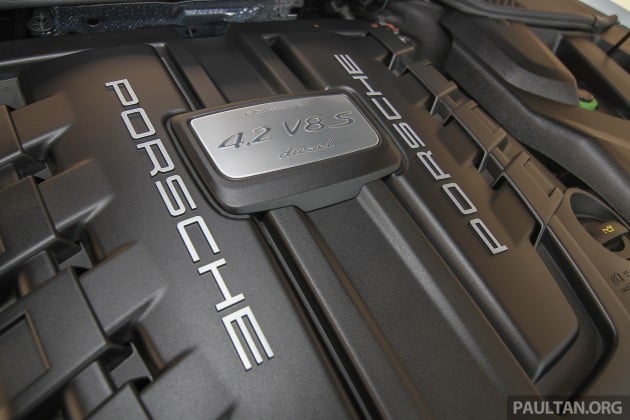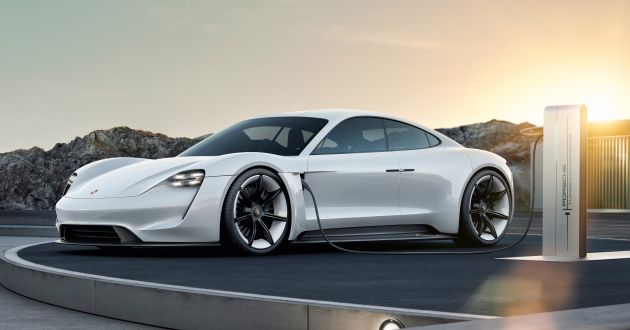It’s official. Porsche is finally parting ways with diesel, seven months after announcing the removal of oil burner variants from its model range. Instead, the automaker will focus on the areas of hybrid technology and electromobility – by 2022, it would have invested more than six billion euros (RM29 billion) in e-mobility.
Porsche CEO Oliver Blume said, “Porsche is not demonising diesel. It is, and will remain, an important propulsion technology. We as a sports car manufacturer, however, for whom diesel has always played a secondary role, have come to the conclusion that we would like our future to be diesel-free.”
“Our aim is to occupy the technological vanguard – we are intensifying our focus on the core of our brand while consistently aligning our company with the mobility of the future,” he added. Blume also said existing diesel customers will continue to be given the professionalism they expect, especially with aftersales support.
Part of the move to a diesel-free future was driven by the rise in hybrid sales. In Europe, 63% of the Panamera sold are hybrid, whereas demand for diesel models are dropping. In 2017, only 12% of all Porsches sold worldwide were diesel models. It’s unclear if the dieselgate saga played any major role in this shift, but Porsche has been implicated for installing emissions defeat devices in its diesel-powered cars.
Moving forward, Porsche will be bringing its first pure electric sports car, the Taycan, to the market in 2019. Apparently, its manufacture is CO2 neutral and will feature ultra-fast charging. The EV will pack 600 PS (440 kW) courtesy of two permanently excited synchronous motors (PSM), enough to send it rocketing from zero to 100 km/h in 3.5 seconds, and 200 km/h in under 12 seconds.
The Taycan offers a battery range of 500 km on a single charge (NEDC), and the 800-volt DC fast charging setup enables a four-minute charge to yield 100 km of range. It uses a Combined Charging System (CCS) that can take advantage of the 350 kW charge rate, allowing the Taycan to achieve 80% capacity in 15 minutes. The Taycan is built on a new J1 architecture and is different from the C-BEV platform underpinning the new Audi e-tron.
By 2025, every second new Porsche vehicle could have an electric drive, either hybrid or purely electric. Besides the push in e-mobility, Porsche is also concentrating on optimising its range of gasoline internal combustion engine. What do you think? Is this the beginning of the end for diesel?
Looking to sell your car? Sell it with Carro.





Give this car to proton, the bumper smooth lines will be destroyed with criss cross lines, so called to add characteristic and sporty looks. And also more aerodynamics.
Plain looking bumpers can looks nice like this one or Ferrari f360, f430
Means you haven’t seen the horror called Alza facelift yet.
you mean like the new Type R?